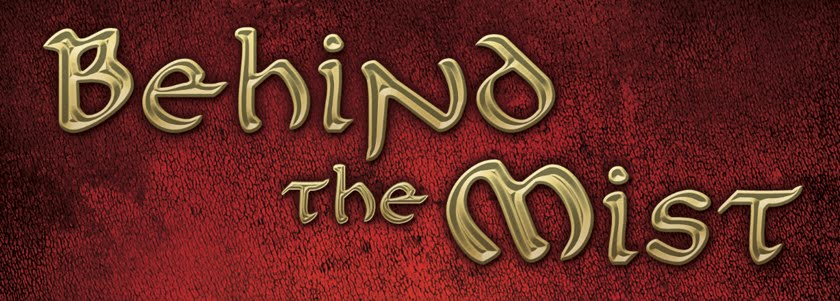Today, I want to write about Shetland Ponies. The ones I knew were both tiny and feisty. So, that is my impression of the breed. I want to give you a little background.
Shetland ponies of today are descendants of the ponies that roamed the stormy islands of Shetland off the coast of Scotland. They were built tough to withstand the harsh elements. The islands are cold and wet. So, the ponies have short legs, thick necks, long manes and heavy coats, all designed to conserve body heat. Grazing was tough most of the year so they would actually roam the beaches in search of seaweed and fish heads to eat. They were also forced to drink salt water.
Originally, these ponies were seldom ridden. They were our tiniest work horses. Pound for pound, they can pull more weight than a large draft. They can pull twice their own weight which even Shires or Clydesdales (see my blog from Jan. 9, 2013) can not do. The ponies were used to carry packs across rough terrain, pull heavy carts on farms and work in Britain's mines. These smart little ponies actually saved many a miner's life.
Today these ponies are used as pets. They are measured in inches, not "hands" as horses and larger ponies are. They are usually up to 42 inches high at the withers (where the shoulders come together at the base of the neck.) There are now two types of Shetlands, the American Shetland and the British Shetland. Both retain their sturdy look but many have been developed into a more elegant animal. They are used for riding and driving.
If you love horses, read the first two books of the Mist Trilogy: Behind the Mist and Mists of Darkness (just released on Jan. 15, 2013.) You can order an AUTOGRAPHED copy here AND save a dollar off the retail price!
www.behindthemist.com
They are also available on Amazon, Barnes & Noble and many other sites.




